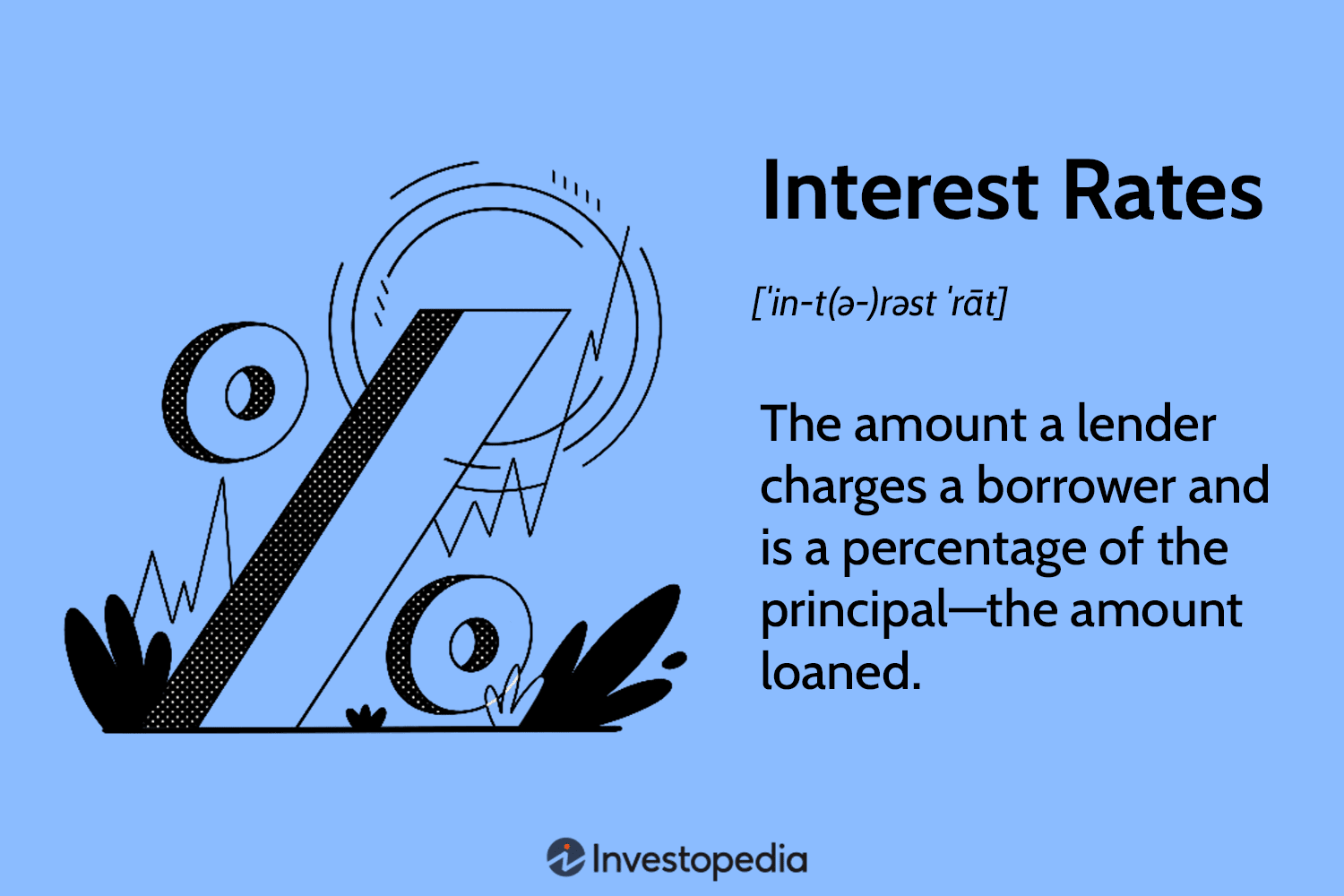Introduction
The Reserve Bank of Australia (RBA) has recently announced a reduction in the cash rate from 4.35% to 4.10%. This decision is expected to ease financial burdens on borrowers and stimulate the housing market. With the cost of borrowing decreasing, potential home buyers could see an increase in their borrowing capacity, offering new opportunities in the property market.
In this article, we will explore how this rate cut affects homeowners, first-time buyers, and the overall economy, while providing insights into what steps borrowers should take in response.
Understanding the RBA’s Rate Cut Decision
Why Did the RBA Cut the Cash Rate?
The RBA’s decision to lower the cash rate stems from efforts to manage inflation, support economic growth, and stabilize employment levels. With signs of slowing inflation and economic uncertainty, the central bank has opted to reduce borrowing costs to encourage spending and investment.
How Does a Cash Rate Cut Work?
A lower cash rate means banks and financial institutions can access cheaper funding, allowing them to reduce interest rates on loans, including home mortgages. This makes borrowing more affordable for consumers and businesses alike.
Impact on Borrowers
Increased Borrowing Capacity
One of the key benefits of this rate cut is its impact on borrowing power. Financial analysts estimate that the reduction from 4.35% to 4.10% could increase borrowing limits by around $12,000 for an average full-time wage earner. This means that many potential home buyers may now qualify for higher loan amounts, making homeownership more accessible.
Lower Mortgage Repayments
For existing homeowners with variable-rate mortgages, this rate cut could result in lower monthly repayments. A reduction of 0.25% on a $500,000 home loan could translate into savings of approximately $70 per month, or $840 annually. Over the life of a loan, these savings could add up significantly.
Opportunities for Refinancing
For borrowers who have been locked into higher interest rates, this rate cut presents a great opportunity to refinance. By switching to a lower-rate mortgage, homeowners can reduce their monthly payments, shorten their loan term, or free up extra cash for other investments.
Effect on the Housing Market
Boost in First-Time Home Buyer Activity
With borrowing capacity increasing, more first-time home buyers may be encouraged to enter the market. Lower interest rates make mortgage repayments more manageable, reducing the barrier to homeownership for younger Australians and those on moderate incomes.
Increased Demand for Property
As home loans become more affordable, demand for properties could rise, potentially leading to an increase in housing prices. While this is good news for sellers and investors, it could pose challenges for affordability in high-demand markets.
Investment Property Considerations
Property investors may also take advantage of the lower interest rates to expand their portfolios. However, with rental yields fluctuating, it remains crucial for investors to evaluate market conditions before making new purchases.
Expert Insights on Economic Trends
Will There Be More Rate Cuts?
Economists suggest that if inflation continues to trend downward and economic conditions remain stable, the RBA could implement additional rate cuts in the coming months. However, global economic uncertainties and local employment data will play a key role in future decisions.
What Are the Risks?
While lower interest rates benefit borrowers, they also pose some risks. If property prices rise too quickly due to increased demand, affordability concerns could resurface. Additionally, reduced savings rates could impact those relying on interest income, such as retirees.
What Borrowers Should Do Next
1. Assess Your Home Loan Options
Whether you are an existing homeowner or a prospective buyer, now is the time to review your mortgage options. Compare interest rates from different lenders and see if refinancing or securing a new loan makes financial sense.
2. Take Advantage of Increased Borrowing Power
With the ability to borrow more, first-time buyers should consider acting before property prices rise. However, it’s important to borrow within one’s means and avoid overextending financially.
3. Monitor Future RBA Announcements
Interest rates may continue to fluctuate based on economic conditions. Staying informed about RBA decisions will help borrowers make strategic financial choices.
Conclusion
The RBA’s rate cut from 4.35% to 4.10% is a significant move aimed at reducing financial strain on borrowers and boosting the housing market. With increased borrowing capacity, lower repayments, and potential opportunities for refinancing, Australians have much to consider in this changing financial landscape.
As we look ahead, it’s crucial for homeowners, investors, and buyers to stay informed and take proactive steps to optimize their financial well-being. What do you think about the impact of this rate cut? Share your thoughts in the comments below!



